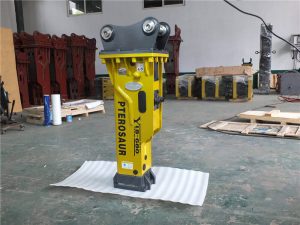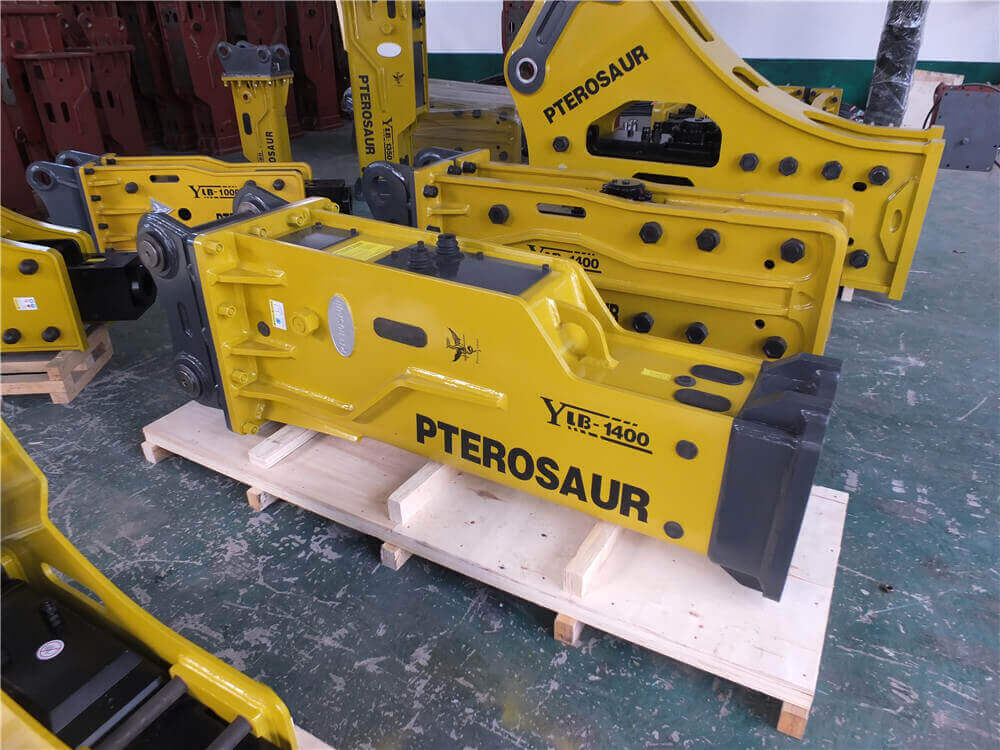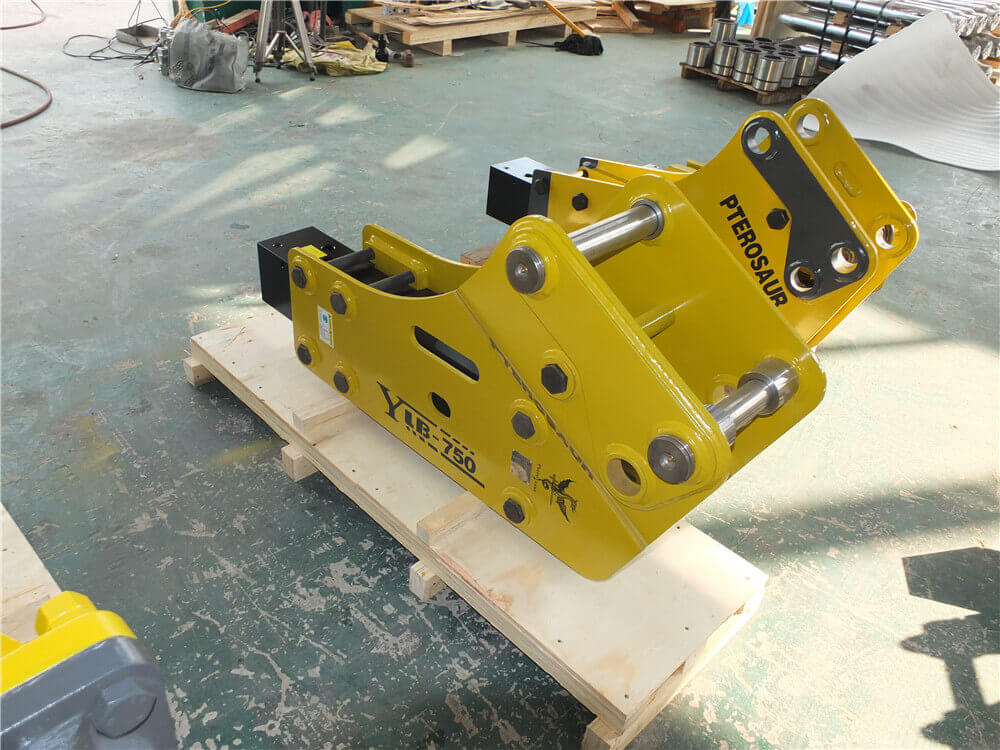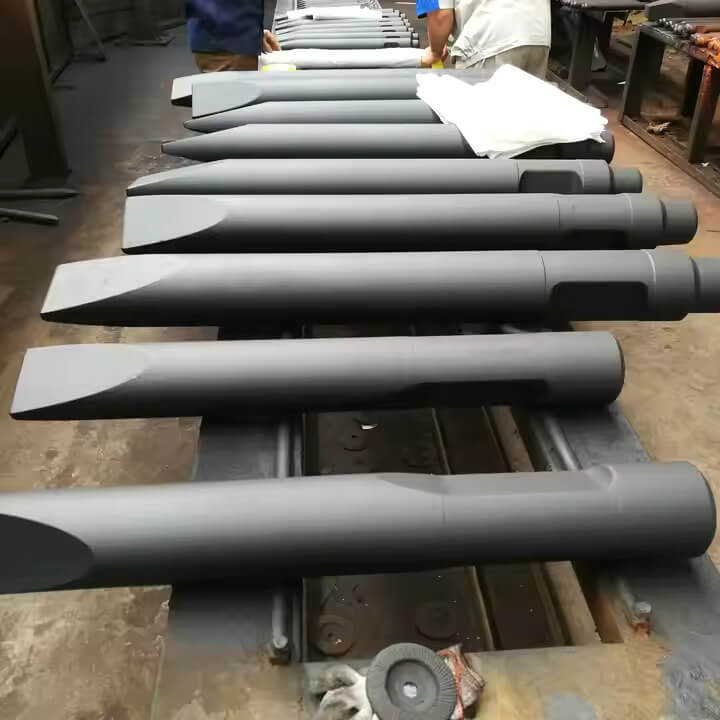Understanding the Importance of Nitrogen in Hydraulic Breakers: A Comprehensive Guide
Hydraulic breakers are essential tools in the construction and demolition industries, renowned for their ability to deliver powerful impacts through hydraulic energy. One of the key components that contribute to the effective functioning of a hydraulic breaker is nitrogen, particularly in the accumulator system. In this article, we will explore why nitrogen is necessary, how it is charged, and the implications of nitrogen deficiency.
Why Hydraulic Breakers Need Nitrogen
At the heart of a hydraulic breaker lies the accumulator, a crucial component filled with nitrogen gas. The role of the nitrogen in the accumulator is twofold:
-
Energy Storage: Nitrogen helps store the residual energy from the hydraulic breaker’s previous impacts. This stored energy is vital for maintaining the pressure and efficiency of subsequent blows.
-
Piston Recoil Management: During operation, the energy of the piston recoil is managed through the nitrogen-filled accumulator. This allows for a smoother operation and helps prevent damage to the hydraulic system.
How Much Nitrogen Should Be Added?
Determining the appropriate amount of nitrogen to add is a common concern among excavator operators. The optimal nitrogen level is crucial for achieving the correct accumulator pressure.
-
Too Much Nitrogen: Excessive nitrogen can lead to overly high pressure in the accumulator, which may hinder the hydraulic oil’s ability to push the cylinder. This can result in reduced efficiency and potential damage to the system.
-
Too Little Nitrogen: Conversely, insufficient nitrogen levels will decrease the pressure within the accumulator, resulting in less powerful strikes. This reduction in impact force can severely affect the performance of the hydraulic breaker.
What Happens If There Is a Shortage of Nitrogen?
A shortage of nitrogen can lead to several operational issues:
-
Reduced Impact Force: The primary consequence of low nitrogen levels is a decrease in striking power. This can lead to longer working hours and decreased productivity.
-
Potential Damage: If the diaphragm within the accumulator becomes damaged due to inadequate nitrogen, it may necessitate disassembly and repairs, leading to costly downtime.
How to Charge Nitrogen
Charging nitrogen into the hydraulic breaker is a straightforward process, but it requires attention to detail to ensure safety and effectiveness. Here’s a step-by-step guide:
-
Preparation: Begin by ensuring that the hydraulic breaker is turned off and disconnected from any hydraulic power source.
-
Connect the Pressure Gauge: Attach a pressure gauge to the designated charging port on the accumulator.
-
Introduce Nitrogen: Use a nitrogen charging kit to slowly introduce nitrogen into the accumulator. Monitor the pressure gauge closely to achieve the desired pressure level.
-
Final Checks: Once the proper pressure is reached, disconnect the charging kit and ensure that all connections are secure.
Conclusion
In summary, nitrogen plays a vital role in the functionality of hydraulic breakers by maintaining accumulator pressure and ensuring powerful impacts. Understanding how to manage nitrogen levels is crucial for operators to maximize the efficiency and lifespan of their equipment. Regular monitoring and proper charging techniques will help avoid performance issues and reduce maintenance costs, making nitrogen charging an essential aspect of hydraulic breaker operation.



































